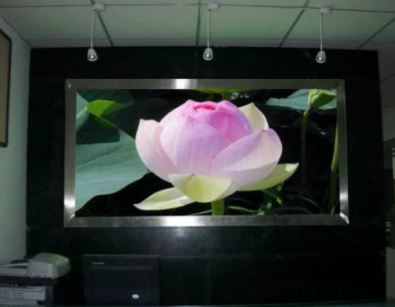LED display manufacturers vary in their production methods, and as a result, the basic parameters of their products can differ. However, depending on the type of LED display, we can generally categorize them into three main groups. In this article, we will explore several key parameters that are essential for understanding and configuring LED displays.

**First, Basic Parameters**
Basic parameters are fundamental to the operation of an LED display. If these settings are incorrect, the display may fail to communicate or show any content at all. These parameters include screen width and height, control card address, baud rate, IP address, port number, MAC address, subnet mask, gateway, and refresh frequency—totaling 10 essential items.
**Second, Auxiliary Parameters**
Auxiliary parameters are used to enhance the performance and control of the display. They include details such as the control card name, communication display marker, brightness level, and switch screen time. These settings help fine-tune the visual experience and ensure smoother operations.
**Third, Core Parameters**
Core parameters are critical for the proper functioning of the display. Incorrect settings here can lead to no light output or even damage to the screen. These include cascading direction, OE polarity, data polarity, display type, color configuration, scanning mode, line sequential order, and pixel count—eight essential parameters that must be set accurately.
For basic and auxiliary parameters, input fields and dropdown menus are typically provided. Users can enter or select the required values directly, allowing for quick configuration of the display. For core parameters, there are three main methods: professional quick check, intelligent configuration, and external file configuration.
**1. Professional Quick Check**
For standard outdoor LED display models, the parameters are usually fixed. In such cases, you can pre-prepare files or tables with the correct configurations and load them during the debugging process.
**2. Intelligent Configuration**
For less common or unknown display models, where the parameters are not known, intelligent configuration is a powerful tool. It allows the system to determine the necessary settings automatically, which can then be saved for future use.
**3. External File Configuration**
You can also import an external file that has been configured either manually or through intelligent means. This method is particularly useful when working with complex or customized setups.
Among the three methods for configuring core parameters, intelligent configuration stands out as a crucial and efficient approach. The process involves:
1. Starting the smart configuration.
2. Using a wizard-style interface to interact with the LED display, guiding the user through initial setup steps such as determining OE polarity, data polarity, color, scanning mode, walking order, and line sequence. This helps generate accurate configuration parameters.
3. Returning the smart configuration results.
4. Connecting the display and applying the new settings.
5. If the configuration is successful, outputting the final parameter values.
6. Saving the configuration as an external file for future downloads and use.
In summary, setting up an LED display requires more than 20 parameters to be correctly configured in order to function properly. Given the high manufacturing cost of LED screens, any misconfiguration can lead to serious issues—such as no display or screen burnout—which can result in significant financial loss and project delays. Therefore, many LED control software solutions are designed to be stable and cautious, but often come with complex interfaces that can be challenging for users.
Pd 20W,20W Pd Charger,Charger Usb C,Fast Charger 20W Pd
ShenZhen Yinghuiyuan Electronics Co.,Ltd , https://www.yhypoweradapter.com